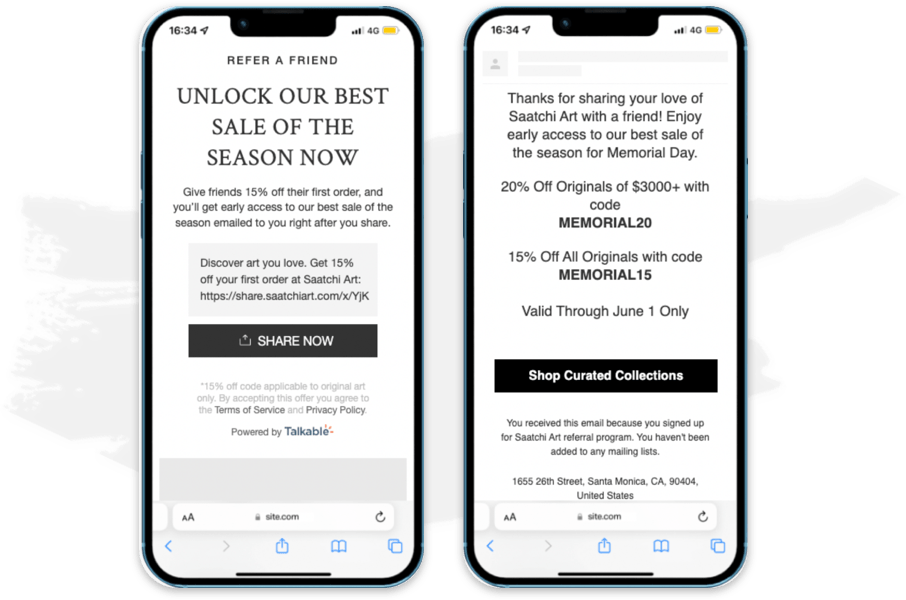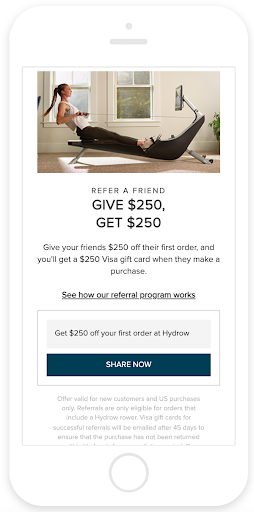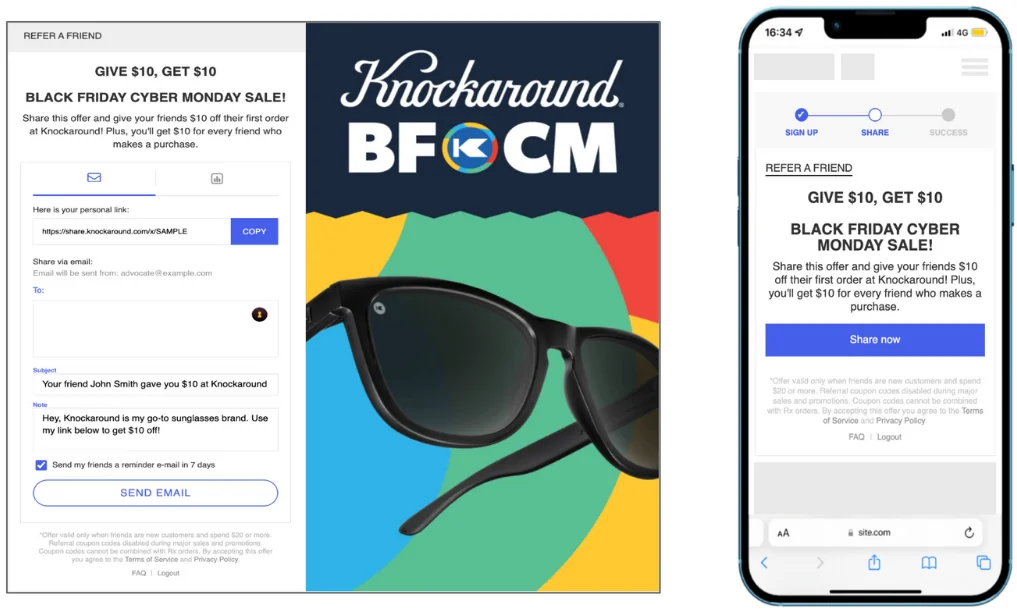Most marketers think of referrals as an acquisition tool. And they are right. It is one of the most efficient ways to bring in new customers.
But in 2025, the smartest operators are going further. They are building referral mechanics into retention, reactivation, loyalty, and even product launches. Referrals are no longer just a top-of-funnel play. They are a full-lifecycle growth driver.
Here are four strategic use cases that prove it.
1. Driving Repeat Purchases
Referral incentives often give the advocate a discount or store credit. That reward must be redeemed, and redemption usually requires another purchase.
For example: a clothing brand offers “Give $20, get $20.” When the advocate’s friend makes a purchase, they get $20 off. The advocate then receives $20 in store credit. To use it, they need to buy again.
That turns a single transaction into two. One customer acquired. One customer retained. Referral becomes both a conversion and a retention lever.
2. Reactivating Dormant Customers
Dormant customers are notoriously hard to re-engage with traditional campaigns. Discounts feel generic. Emails get ignored. But referrals offer something more valuable. They create a social nudge with mutual benefit.
A typical example: “We miss you. Invite a friend and you’ll both receive a special gift.”
Even if the dormant customer is not ready to buy again, they might be motivated to refer a friend. That brings them back into your ecosystem. Once they’ve referred, they have a reward waiting. And that often brings them back to purchase again.
It is a soft reactivation strategy with a transactional follow-up. Low pressure. High upside.
3. Integrating with Loyalty and VIP Programs
Referral is often siloed from loyalty programs. That limits its potential.
By embedding referral incentives into your existing loyalty tiers, you add more ways for customers to earn and engage. Consider these structures:
- Earn points for every successful referral
- Unlock VIP tiers by referring new members
- Access exclusive perks after a referral milestone
This creates a deeper sense of advocacy. Customers are no longer just buying and earning. They are helping your brand grow and getting recognized for it.
4. Launching New Products and Features
Referral is a powerful engine for product launches, especially when you want to build early momentum without overreliance on paid media.
Many software and subscription brands seed new releases through waitlists powered by referrals. Think of models like:
- Move up the queue by inviting friends
- Get early access if someone signs up through your link
- Unlock exclusive features by referring during launch week
This is not just about acquisition. It is about energy. It turns your early customers into a launch team, with the incentive to spread the word and share their enthusiasm.

Referral marketing is not limited to top-of-funnel tactics. It’s not limited to a post-transactional experience. When used well, it can drive repeat sales, revive lapsed customers, deepen loyalty, and kick off new product launches.
The common thread in all these use cases is influence. Referral taps into the customer’s ability to connect, to promote, and to invite. When you align that influence with strategic goals beyond acquisition, the results compound.
Your best customers do not just spend. They bring others with them. A smart referral program makes that possible at every stage of the journey.




